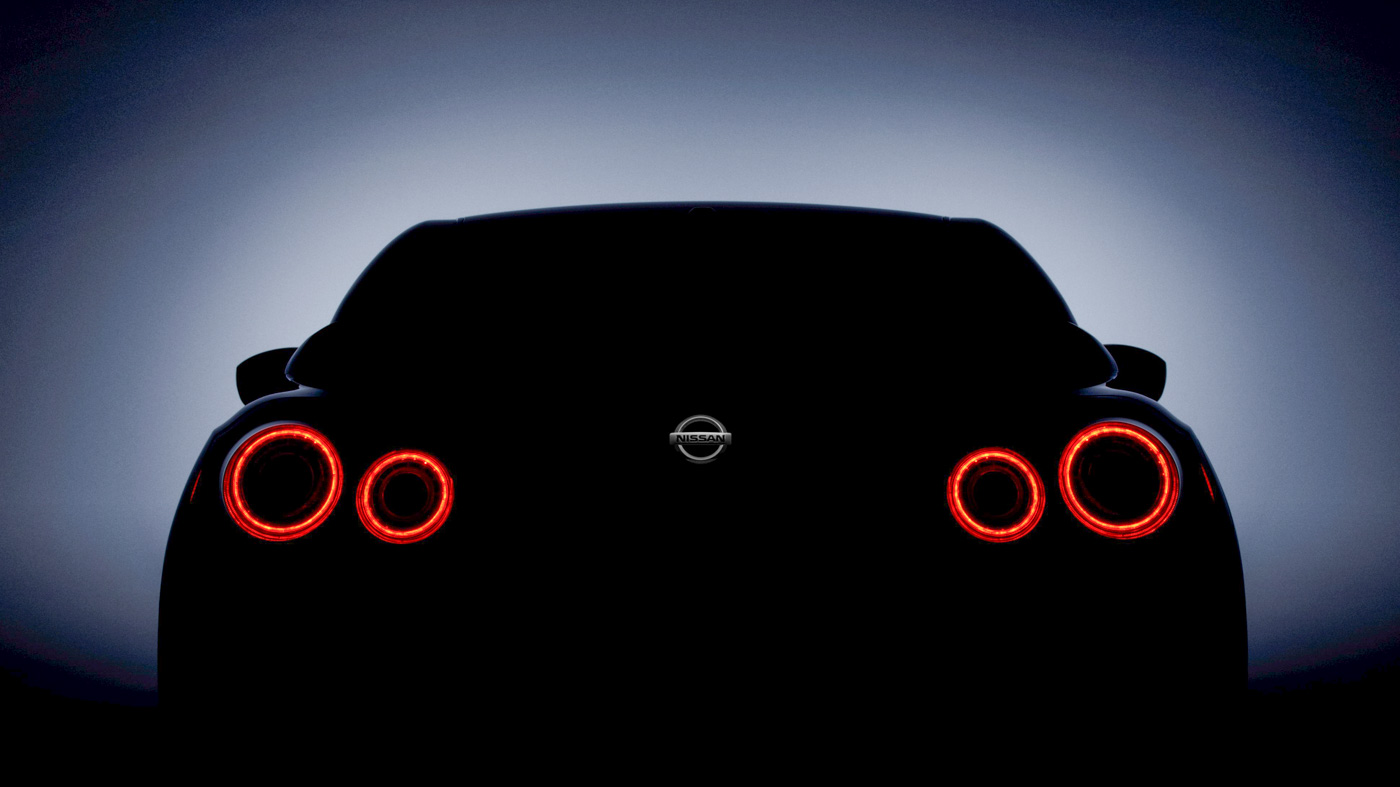Another week, another Thursday and we’re back with another installment of our throwback series! The last two editions covered two special Perodua cars so this time we’ll look into an outgoing but aged supercar that’s still causing those way beyond its prestige and value to run for cover – the Nissan GT-R R35.
Those familiar with the GT-R’s history would be well aware of its previous incarnation – the Skyline GT-R. Nicknamed the “Godzilla” by Australian journalists for its supercar-killing attributes, the car was considered the David amongst Goliaths. However, the last Skyline GT-R rolled out in 2002, at a time when Nissan was in a middle of a painful restructuring plan.

Carlos Ghosn, the then freshly-appointed head honcho of Nissan understood the Skyline GT-R’s rich legacy as seen in the digital realms of Gran Turismo and the then Japan GT (precursor to Super GT) races. Axing it would be a disastrous move as it should be revived to become the company’s halo car to boost confidence (and more importantly, sales) on the brand. Thus, the Skyline GT-R’s successor was given the green light.
For starters, the car, codenamed the R35, must retain the three key recipes that made a worthy GT-R: all-wheel drive, a turbocharged engine, and a lower asking price compared to its rivals. Aesthetically, it was largely based on the 2001 GT-R Prototype revealed at the 2001 Tokyo Motor Show.
Designers took inspiration from the Gundam mecha and the predecessor’s signature quad circular taillights were retained. Inside, the multi-display function was developed by Polyphony, the video game developers behind the Gran Turismo series, whose exploits with the Skyline GT-R had turned it into a legend during the PlayStation era.
On the technical front, Nissan bade farewell to the iconic RB26 twin-turbocharged engine to make way for a new 3.8-litre V6 twin-turbo engine, the VR38DETT. It no longer applied the stick shifter, replaced with an all-new six-speed double clutch automatic. The transmission was coupled with Nissan’s famed ATTESA E-TS system that deploys power to all four wheels. Nissan also purposely made the ECU “untuneable”, only to be proven wrong by the talented aftermarket tuners in the following years. In December 2007 during the Tokyo Motor Show, Nissan proudly debuted the all-new Nissan GT-R R35 to the world; sending it on an immediate path to glory.
In December 2007 during the Tokyo Motor Show, Nissan proudly debuted the all-new Nissan GT-R R35 to the world; sending it on an immediate path to glory.
In the years that followed, the 480 hp monster broke records at the Nurburgring and many other circuits worldwide, shaming many supercars multiple of its value in the process. The new GT-R even carried the brand’s racing pedigree with victories in the Super GT and GT series worldwide. 
Throughout the next decade, the Nissan GT-R R35 received numerous special editions with incremental horsepower upgrades and hefty price hikes. Today, its replacement is yet to be seen and it’s unsure how long the R35 will soldier on as Nissan’s halo car. Only time will tell if the next Godzilla will be an electrical brute or face the similar fate of the Silvia and the outgoing Fairlady.
IMAGE GALLERY
2016 Nissan GT-R R35 Facelift
2016 Nissan GT-R R35 Nismo

























